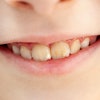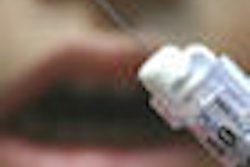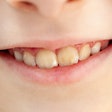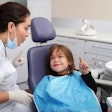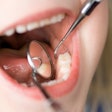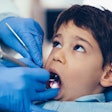Patients with self-ligating orthodontic brackets retain fewer bacteria in plaque than patients with elastomeric orthodontic brackets, according to a new study in the American Journal of Orthodontics and Dentofacial Orthopedics (April 2009, Vol. 135:4, pp. 426.e1-426.e9).
The researchers from the Oregon Health and Science University (OHSU) School of Dentistry also found that a biochemical technique measuring adenosine triphosphate (ATP)-driven bioluminescence could be a useful chairside tool for rapidly quantifying oral bacteria and assessing oral hygiene during orthodontic treatment.
The randomized clinical study compared the number of oral bacteria in plaque surrounding two distinct orthodontic appliances: self-ligating versus elastomeric ligating, using a split-mouth design.
The researchers examined 14 patients ages 11 to 17, with each patient containing both self-ligating and elastomeric orthodontic brackets on opposing sides of the mouth, at both one week and five weeks after bonding. The amount of oral bacteria in plaque surrounding the brackets was evaluated at both appointments, in addition to a prebonding appointment.
The researchers noted that more bacteria were retained at tooth surfaces in plaque in patients with elastomeric orthodontic brackets at both the one- and five-week postbonding appointments.
"We were surprised that the manner of ligation promoted differences in the levels of plaque bacteria surrounding the bonded tooth surfaces," said Curt Machida, Ph.D., OHSU professor of integrative biosciences and principal investigator, in a press release. "Our results suggest that the use of the self-ligating appliances promote reduced retention of plaque bacteria on tooth surfaces surrounding the appliances."
Copyright © 2009 DrBicuspid.com



